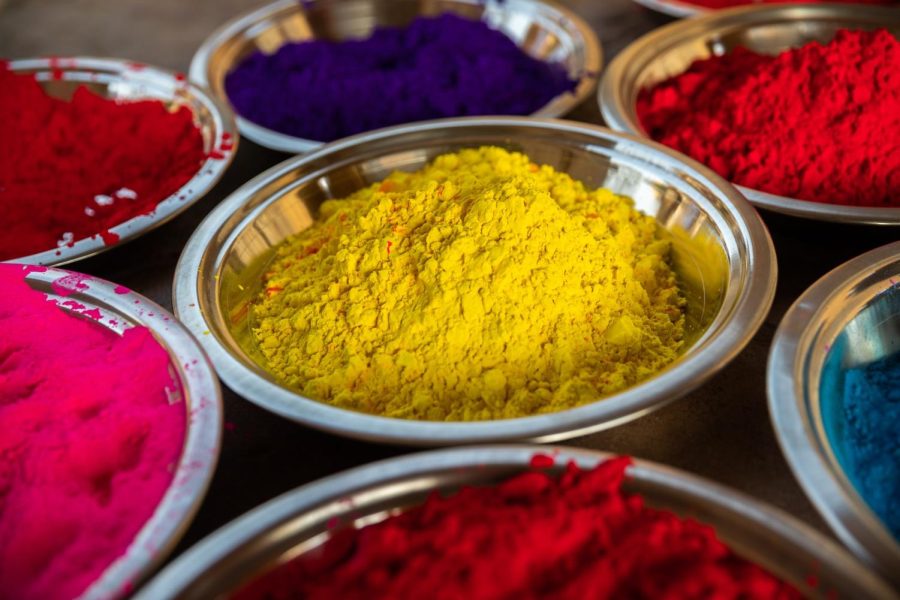How Thermochromic Pigment Works
How heat affects color.
Thermochromism involves the change of color in materials as a response to temperature variations. This property has found applications in diverse fields, such as fabrics and temperature sensors. Thermochromic materials express alterations in color due to changes in temperature, demonstrating different hues at different thermal states. This reaction stems from the molecular structure and electronic properties of these substances. Thermochromic compounds possess two or more different molecular structures, each corresponding to a specific color. For example, if a substance contains thermochromic pigment, the original color would change when in contact with heat.
Ongoing research and development efforts are focused on enhancing the stability, response time, and efficiency of thermochromic materials. Scientists are exploring techniques, in order to create advanced thermochromic compounds with improved properties. These progressions show promise to expand the means of thermochromic ability in areas like energy-efficient windows, data storage, and medical applications.
RELATED STORIES
https://www.explainthatstuff.com/thermochromic-materials.html
https://www.sciencedirect.com/topics/engineering/thermochromic-material
https://static.rapidonline.com/pdf/06-1280_v2.pdf
https://www.linkedin.com/pulse/application-thermochromic-pigment-colorchangepigment
TAKE ACTION
https://www.instructables.com/Make-Your-Own-Thermocolor-Color-Change-Paint/
























